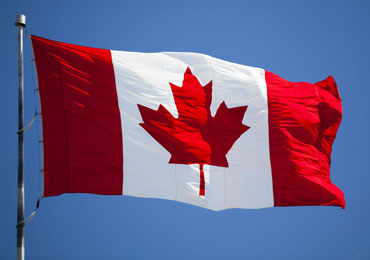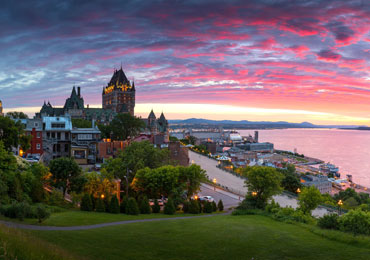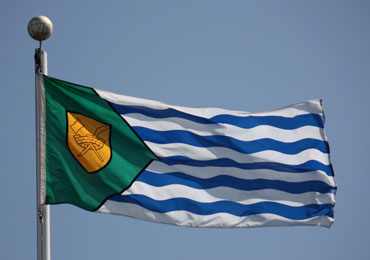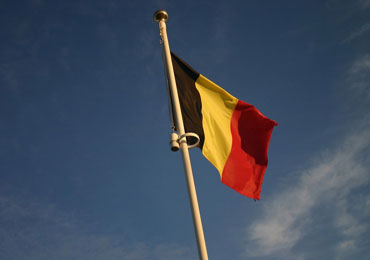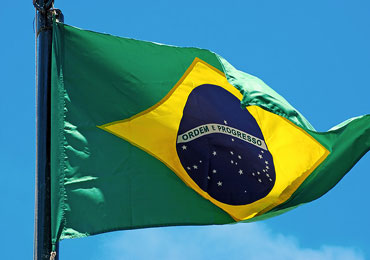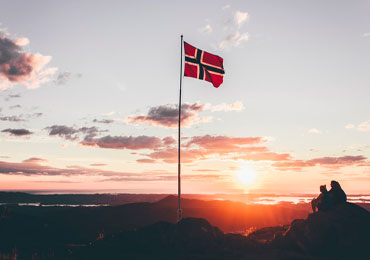History of Montreal
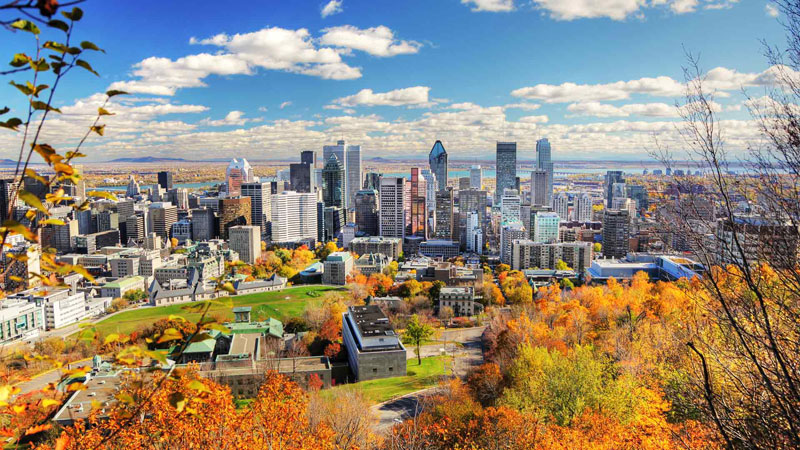
Montreal is a city with extensive French colonial history tracing all the way back to the sixteenth century. It started as a settlement of missionaries; however, soon, it turned into a fur-trading center. The location of Montreal on St. Lawrence ends up being a significant advantage in its progress as a financial, transportation, and manufacturing focus. Montreal's economy, nonetheless, was for some time overwhelmed by an Anglophone minority. The city has been an attraction for immigrants and is broadly viewed as one of North America's most cosmopolitan urban areas. Let's have a brief overview of the history of Montreal that will enlighten us with the fact that the city remains charming, gaiety, and lively.
History:
The island was possessed a few centuries prior to the appearance of the Europeans. Toward the end of the Laurentian Archaic period or the start of the Early Woodland time, predecessors of Québec's Indigenous individuals were at that point already gathering, cultivating, and hunting around the St. Lawrence River. Tools of stone found in the Montréal region are accepted to be around 4,000 years of age.
Jacques Cartier, a cartographer, and a French explorer, with a group of two dozen men, approach Hochelaga, a St. Lawrence Iroquoian invigorated village. The small town with cornfields all around, built on top of a hill, close to a mountain that Cartier named Mons Realis (Latin for Mount Royal).
Cartier estimated that Hochelaga is home to in excess of a thousand individuals. After pleasant trades, Cartier returns upstream to Stadacona (which later turns into the site of the town of Québec). At Stadacona, Cartier abducted Chief Donnacona and nine other St. Lawrence Iroquois and took them to France in the spring of 1536, where a large portion of them dies.
In the wake of building up Québec in 1608 and Trois-Rivières in 1634, the French government crafted a third settlement on the island of Montréal. The Société de Notre-Dame de Montréal was established in 1639 to make the settlement a reality. Paul Chomedey de Maisonneuve, an ambitious, young nobleman who wants to turn into a missionary, and Jeanne Mance, a medical caretaker with numerous gifts, is picked to satisfy the mission.
Leaving from La Rochelle, France, in May 1641, the founders and their team show up in Québec in the fall and spend the winters close by Sillery. When the ice covering the St. Lawrence River has defrosted, the settlers board a boat again and show up close to the area of Hochelaga in May 1642. They commit their new settlement to the Virgin Mary by naming it Ville-Marie.
Montréal turns into the center of the fur trade in the seventeenth century. Simultaneously, clashes emerge among the First Nations for control of natural resources. Numerous actions to keep up harmony through the domination of the military or through treaties of peace failed big time. A significant step forward happens in 1700 when France and the five countries of the Iroquois Confederacy, who are aligned with the British, agree to the first settlement. This gives France the essential authenticity to welcome the countries surrounding the lakes to a meeting in the late spring of 1701.
After a conclusive British success on the Plains of Abraham and the capturing of Québec City, the British military gather under Jeffrey Amherst and walk towards Montréal. After two or three hours of negotiation, Montréal gives up and surrenders to conditions that will shape the living together of the French and British in British North America.
At that point in November 1775, the Americans occupied Montreal, yet it has retreated within seven months. Then, Montreal prospered under British rule.
The Bank of Montreal was established in 1817, and right after that, in the year 1825, the Lachine Canal was established. It avoided rapids in the waterway.
During the nineteenth century, amenities in Montreal continuously improved. From 1836 Montreal was lit by gas. Montreal Police Department was framed in 1843. At that point in 1847, Montreal was connected to Lachine by the rail line. At that point in 1852, Montreal endured an unfortunate fire. However, the city recuperated sooner. In 1852 the population in Montreal was around 58,000, and it kept on growing quickly. By 1914, it had ascended to about a large portion of 1,000,000. Christ Church Cathedral was established in 1859, and Victoria Bridge opened in 1860. In the meantime, the port of Montreal kept on flourishing. With time the Montreal city developed, and several prominent buildings were established. Today Montreal is a flourishing city and a major port.

Montreal, celebrated for its architecture and enchanting culture, is similarly known for its appealing festivals and culinary characteristics. Montreal vows to be a fabulous deal with bunches of fun, amusement alongside a sneak peek into their set of history, culture, and present-day lifestyle. Here are a few fun facts about the city.
- Montreal hosted the first-ever Olympics held in Canada.
- Montreal is a UNESCO city of designs.
- Montreal hosted the expo 67 that was a world fair.
- Montreal is the second-largest city in Canada.
- The subway of Montreal has 68 stations over four lines.

Montreal, Quebec, is a powerful city with an extraordinary vibe. It is overflowing with culture and celebrations, stunning food, and heaps of outdoor activities. Besides, it has an advantageous area – at the intersection of the St. Lawrence River and Ottawa Rivers.
